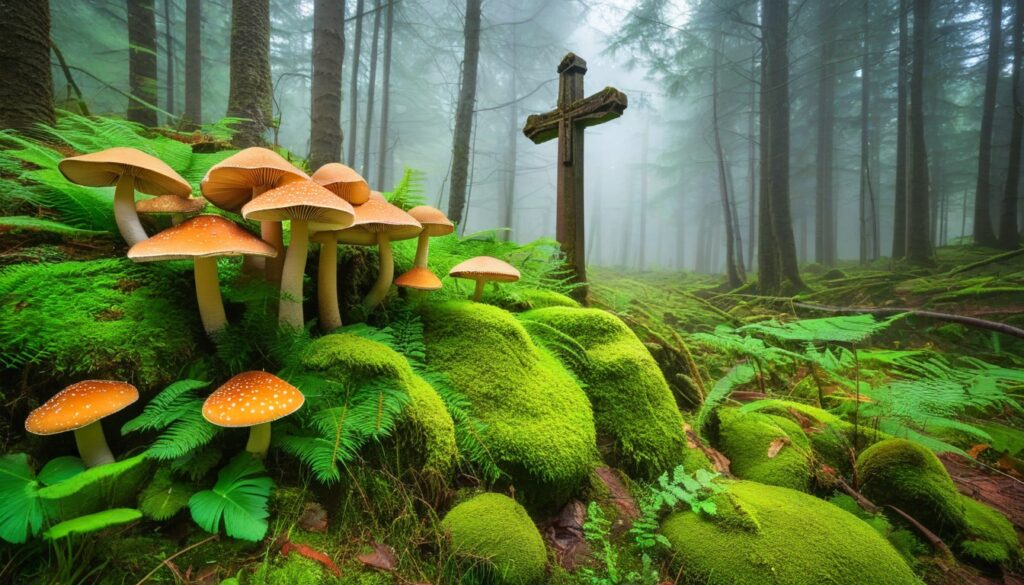For centuries, there has been a fascinating connection between sacred mushrooms and the cross in early Christianity. Many myths and theories have emerged regarding this relationship, and the debate continues to this day. In this article, we will explore the historical, religious, and mystical significance of this relationship and attempt to shed light on the veiled secrets within Christianity.
Key Takeaways
- The connection between sacred mushrooms and the cross in early Christianity has been a topic of debate for centuries.
- Entheogens, such as sacred mushrooms, have played a significant role in various cultures and religions throughout history, including Christianity.
- The cross has symbolic significance in Christianity, and its connection with sacred mushrooms is a topic of interest for scholars and researchers.
- The role of early Christian mysticism and the potential use of sacred mushrooms in accessing hidden truths continue to be explored and debated by scholars.
- The connection between early Christianity and ancient mystery religions, including the use of sacred mushrooms, is an area of interest for many researchers.
The Historical Significance of Entheogens
Entheogens, also known as sacred mushrooms, have been used for spiritual and religious purposes throughout history in various cultures and religions. The historical significance of these substances is multifaceted, ranging from their role in facilitating mystical experiences to their potential use in healing practices.
Some of the earliest evidence of entheogenic use dates back to ancient civilizations such as the Aztecs, who used psilocybin-containing mushrooms in their traditional religious ceremonies. Similarly, ancient Greek and Roman societies utilized ergot-containing substances to induce altered states of consciousness during spiritual rituals.
Entheogens also played a pivotal role in early Christian practices. Some scholars argue that certain biblical passages and religious practices contain references to the use of sacred mushrooms. For example, the consumption of the eucharist, a sacrament in Christianity, has been theorized to involve the use of entheogens.
|
Culture/Religion |
Entheogens Used |
Historical Significance |
|---|---|---|
|
Aztec |
Psilocybin-containing mushrooms |
Central to religious ceremonies and cultural mythology |
|
Greco-Roman |
Ergot-containing substances |
Facilitated spiritual experiences during religious rituals |
|
Early Christianity |
Sacred mushrooms |
Controversially theorized to be linked to certain biblical passages and religious practices |
Despite their rich historical significance, entheogens continue to be shrouded in controversy and debate. While some view them as important tools in spiritual exploration and healing, others argue that their use leads to dangerous and harmful behavior.
Overall, the historical significance of entheogens is undoubtedly complex and multifaceted, with cultural, spiritual, and scientific implications that continue to intrigue and fascinate researchers and enthusiasts alike.
The Symbolism of the Cross
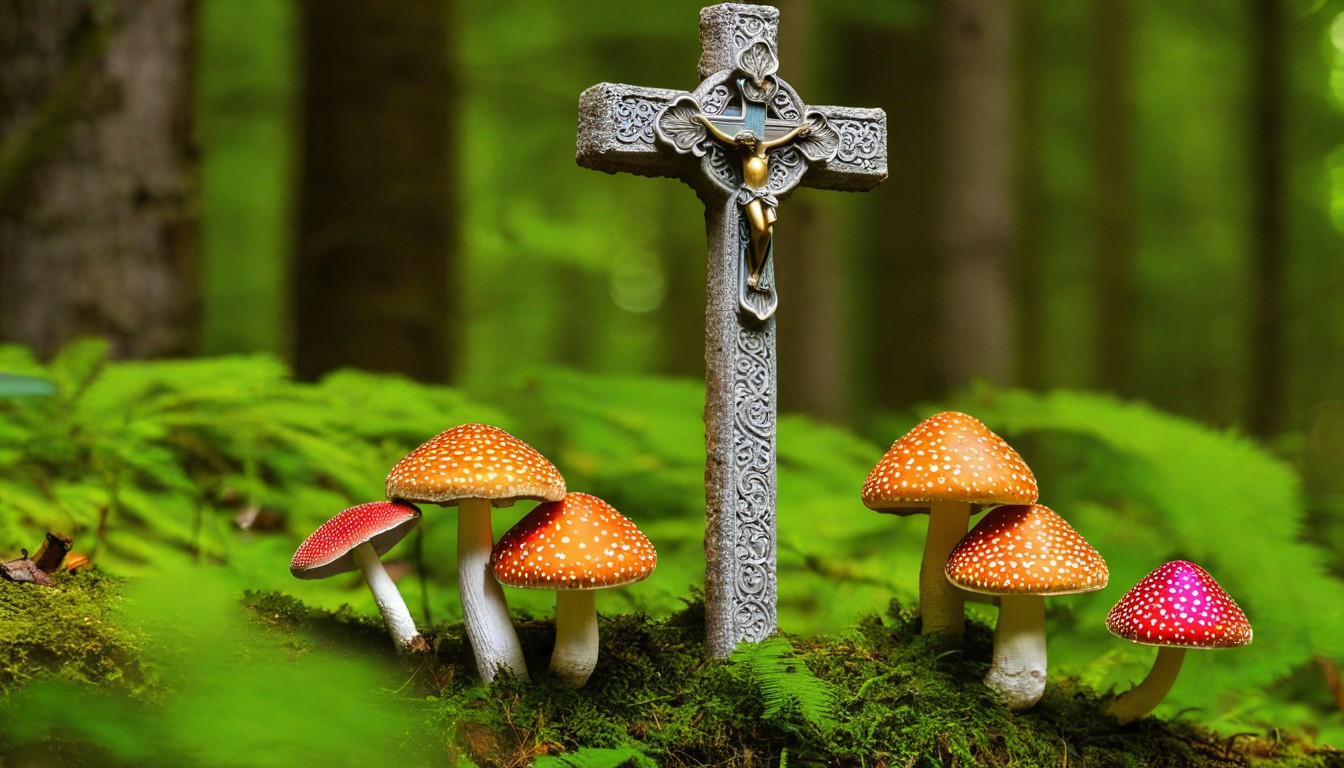
The cross is an iconic symbol of Christianity, representing the crucifixion and resurrection of Jesus Christ. However, the origins and meanings of this powerful symbol have been debated throughout history, with various interpretations and theories surrounding it.
Some scholars believe that the cross symbolizes the intersection of heaven and earth, while others argue that it represents the balance between good and evil. Additionally, there are theories that suggest a possible association between the cross and sacred mushrooms, which were used in some Christian practices.
One interpretation posits that the cross represents the symbol of the World Tree, which appears in several ancient cultures and religions. This tree links the spiritual and physical worlds, giving humans access to both. Similarly, the cross represents the bridge that connects heaven and earth and provides access to the divine.
Another interpretation suggests that the cross represents the human body, with the vertical line representing the spine and the horizontal line representing the arms. This interpretation emphasizes the importance of the body in spiritual practices and the connection between the physical and spiritual realms.
Overall, the symbolism of the cross in Christianity is both complex and profound, with various interpretations and meanings. Whether or not the cross is associated with sacred mushrooms, its significance remains an integral part of Christian tradition and spirituality.
Early Christian Mysticism and the Veiled Secrets
Early Christian mysticism involved transcendent experiences that aimed to reach a higher understanding of God and the universe. These experiences were often facilitated by spiritual practices and rituals, some of which may have included the use of entheogens, such as sacred mushrooms.
The presence of mysticism in early Christianity is evident in the writings of influential figures such as Saint Paul, who spoke of experiencing visions and revelations. Other early Christian texts also suggest the existence of secret knowledge and hidden practices that were only revealed to initiates.
Some scholars believe that the use of sacred mushrooms may have played a role in these mystical experiences and revealed veiled secrets of the faith. The psychoactive properties of these substances have been known to induce altered states of consciousness and mystical experiences in other cultures and religions throughout history.
The mushroom was one of the most sacred of all regenerative symbols to the Maya and almost certainly played a role in the mysteries of death and resurrection.
– Dr. Stephan de Borhegyi
The veiled secrets of early Christian mysticism are still subject to debate and interpretation today. While many theories exist, the exact nature of these secrets and the role of sacred mushrooms in their revelation remains elusive and shrouded in mystery.
The Connection with Ancient Mystery Religions
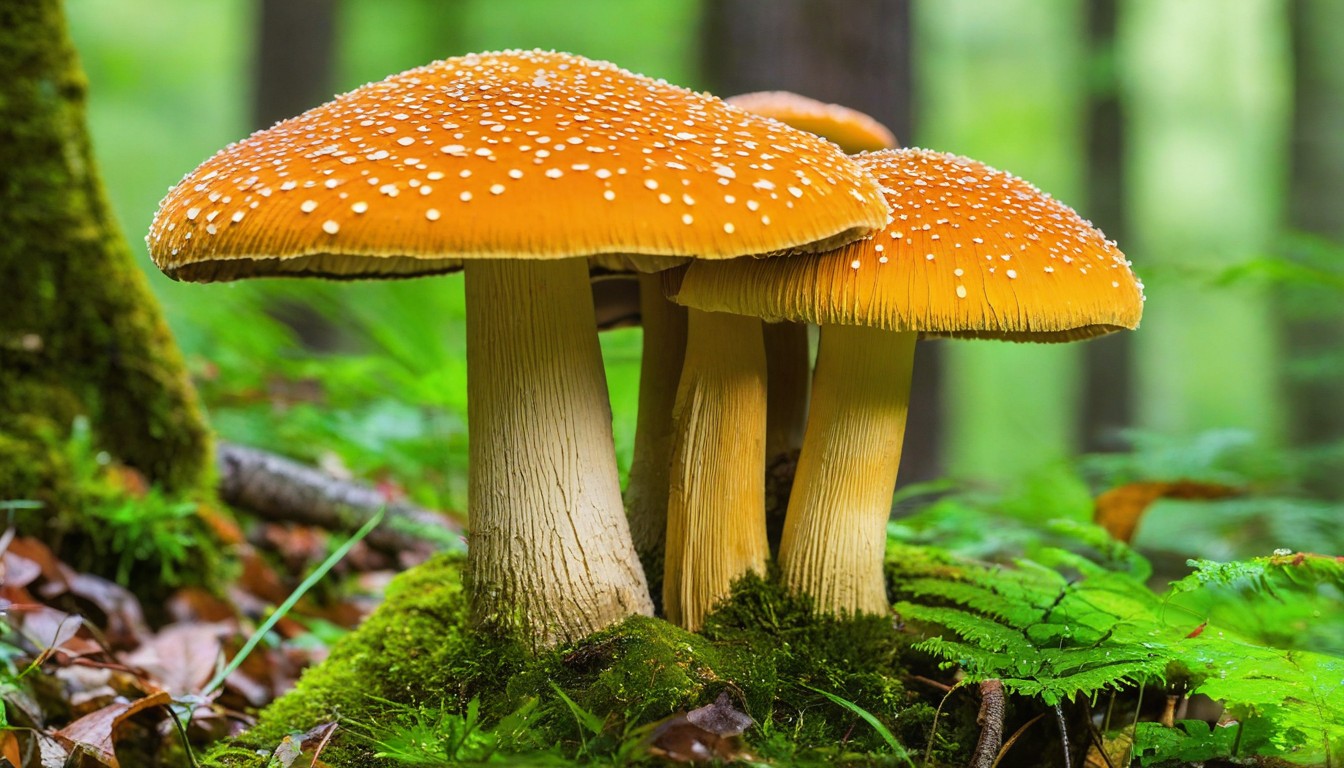
The influence of ancient mystery religions on early Christianity has been well documented, with scholars drawing parallels between early Christian beliefs and the practices of followers of the Eleusinian Mysteries and the Cult of Dionysus.
One such parallel is the use of entheogenic substances, such as sacred mushrooms, in spiritual practices. These substances were believed to facilitate mystical experiences and access to hidden knowledge.
The use of entheogens was not unique to ancient mystery religions, however, as evidence suggests that early Christians may have also utilized these substances in their own practices.
|
Ancient Mystery Religions |
Early Christianity |
|---|---|
|
The Eleusinian Mysteries, which were celebrated in honor of the Greek goddess Demeter, involved the consumption of a special drink known as kykeon. |
Christianity incorporates the Eucharist, a sacrament in which bread and wine are consumed to symbolize the body and blood of Jesus Christ. |
|
The Cult of Dionysus, which was centered around the worship of the Greek god of wine and fertility, involved the consumption of wine and other mind-altering substances. |
Early Christian texts speak of the “wine of the kingdom” and the potential spiritual benefits of consuming this sacred beverage. |
While the precise nature of the connection between early Christianity and ancient mystery religions remains shrouded in mystery, it is clear that these beliefs and practices are deeply intertwined and continue to capture the imaginations of scholars and spiritual seekers alike.
Scholars’ Perspectives and Controversies
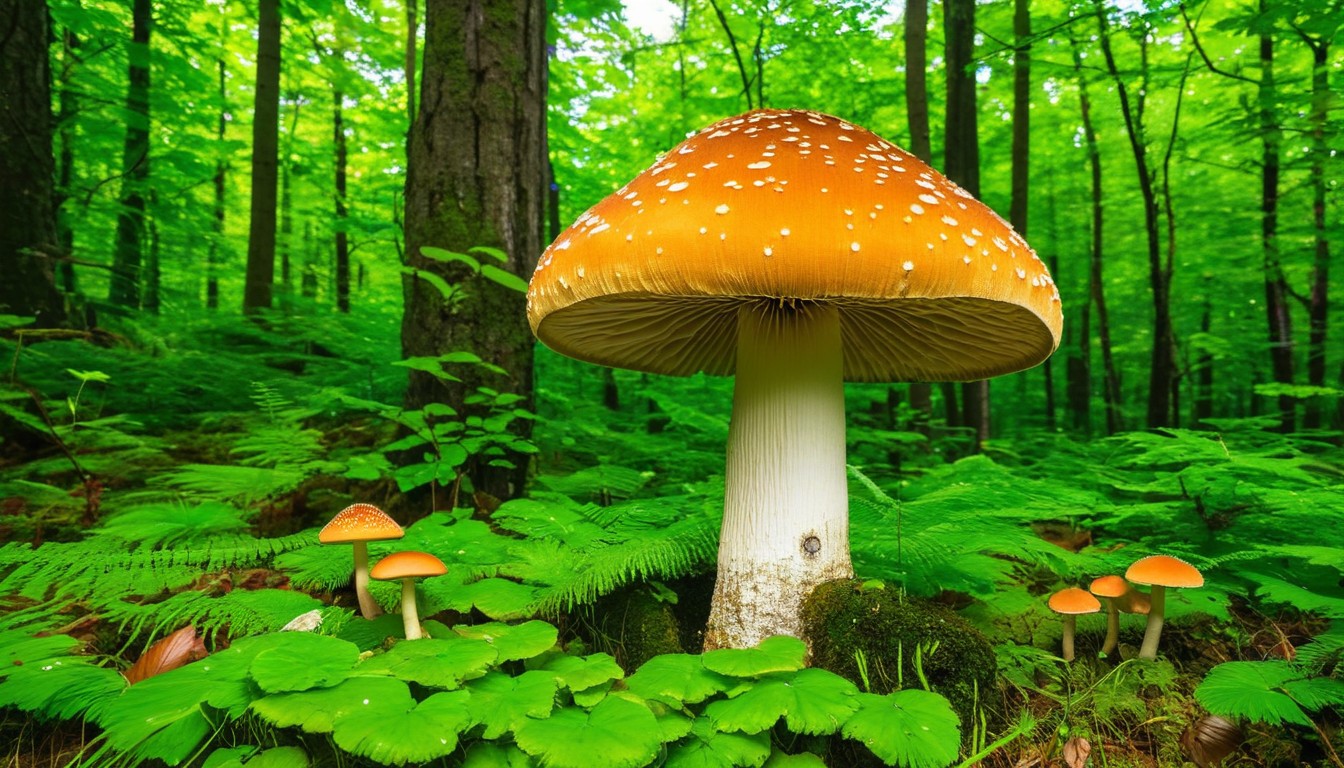
Since the early 20th century, scholars have debated the connection between sacred mushrooms and the cross in early Christianity. Some argue that the use of entheogens was common in religious practices of the time and that the cross might have had a symbolic connection to sacred mushrooms. Others disagree, pointing out the lack of direct evidence of entheogen use in early Christian contexts.
One of the most prominent scholars to discuss this topic was ethnomycologist R. Gordon Wasson, who argued that the use of psychoactive mushrooms in religious ceremonies dates back to ancient times and continued during the early days of Christianity. Wasson’s theories were based on interpretations of early Christian texts, such as the Acts of Thomas, which he believed contained descriptions of mushroom use in mystical experiences.
Other scholars, such as John Marco Allegro and Carl A. P. Ruck, have also explored the potential role of sacred mushrooms in early Christian practices. Allegro, a biblical scholar, argued in his controversial book ‘The Sacred Mushroom and the Cross’ that Christianity was founded on mushroom fertility cults, an idea that has been heavily contested by other scholars.
Despite ongoing controversies, scholars continue to explore the connection between sacred mushrooms and early Christianity, using a variety of approaches and methodologies. Some researchers use linguistic analysis of early texts, while others focus on archaeological evidence or comparative analysis of similar religious practices in other cultures.
“The discreet preachers, the ‘heretics,’ have been exposed. Their voice is unanimously heard — from Egypt, to Palestine, to Asia minor. The gospel of the Sacred Mushroom is unfolded as we advance to meet it.” – John Allegro
Allegorical Interpretations in Scripture
Early Christian texts are full of symbolism and metaphor, which many scholars believe contain veiled references to entheogens and their role in spiritual experiences. The use of entheogens in these sacred texts may have been concealed due to societal and legal restrictions on their consumption.
For example, some scholars suggest that the Tree of Life in the Book of Genesis represents the use of entheogens to achieve spiritual enlightenment. Similarly, the burning bush in the Book of Exodus could be interpreted as a metaphor for the spiritual awakening that one experiences after consuming sacred mushrooms.
It is important to note that not all scholars agree on these interpretations, and there is ongoing debate about whether or not entheogens were intentionally included in early Christian texts. However, the possibility of their presence offers a deeper understanding of the religious and spiritual practices of the time.
Modern Perspectives and Research
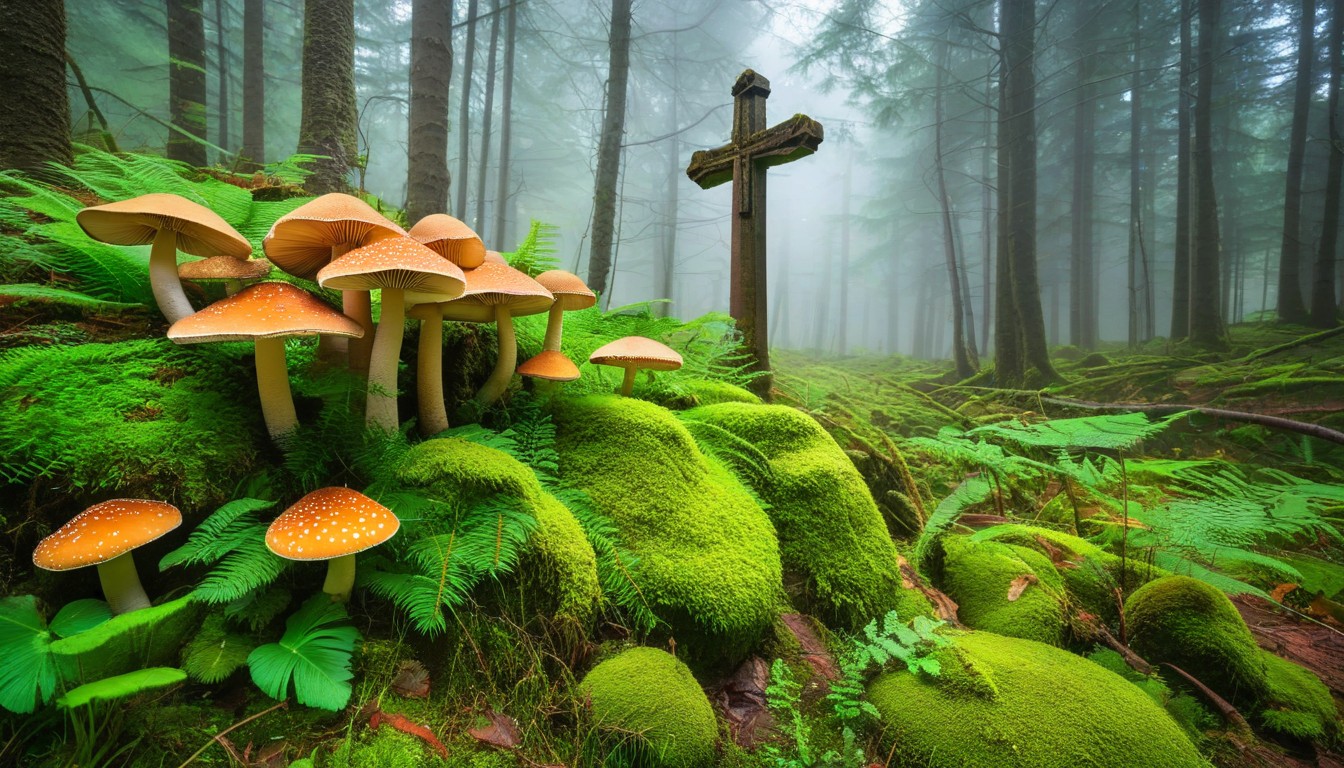
In recent years, the study of entheogens and their potential role in early Christianity has gained renewed attention from scholars. Modern perspectives and research have shed new light on this fascinating topic, offering fresh insights and provocative theories.
New Discoveries in Archaeology and History
Recent archaeological findings have revealed tantalizing evidence of entheogenic use in Christian contexts. For instance, a fresco at the Plaincourault Abbey in central France depicts Adam and Eve standing on either side of the Tree of Knowledge, which bears mushroom-like fruit. Likewise, an inscription on a stone pillar in Spain seems to reference a ritual involving visionary plants.
Furthermore, historians have uncovered numerous accounts of early Christian mystics who spoke of experiencing profound spiritual visions after ingesting enigmatic substances. These reports lend credence to the idea that entheogens played a significant role in early Christian spiritual practice.
The Role of Neuroscience and Psychology
Advances in neuroscience and psychology have also contributed to a better understanding of the effects of entheogens on the brain. Studies have shown that certain substances can induce altered states of consciousness, leading to experiences of divine revelation and mystical insights.
Moreover, researchers have proposed that the use of entheogens may have played a crucial role in the development of early Christian beliefs and practices, such as the concept of baptism as a symbolic rebirth or the use of visionary prayer as a means of achieving spiritual enlightenment.
Controversies and Challenges
Despite these exciting discoveries and perspectives, the study of sacred mushrooms and the cross in early Christianity remains a controversial and challenging field of research. Some scholars argue that claims of entheogenic use are speculative at best and lack persuasive evidence, while others decry the sensationalist tendencies of some modern interpretations.
Nevertheless, the ongoing research and discussion surrounding this topic illuminate the fascinating ways in which spirituality and substance intersect, inviting us to consider new perspectives on the profound mysteries of faith.
Conclusion
In conclusion, the connection between sacred mushrooms and the cross in early Christianity is a fascinating topic that has been debated for centuries. Throughout history, entheogens such as sacred mushrooms have played a significant role in spiritual and religious practices in various cultures and religions.
Through this article, we have explored the historical, symbolic, mystical, and scholarly aspects of this connection, shedding light on the ongoing debates and controversies surrounding it. While there is no conclusive evidence to support or refute the theories surrounding this connection, the exploration of these intertwined mysteries offers a deeper understanding of the intersection between spirituality, religion, and the human experience.
As modern research continues to shed new light on this topic, it is essential to remain open-minded and curious, always seeking to expand our understanding of the world and the forces that shape it.
FAQ
What is the connection between sacred mushrooms and the cross in early Christianity?
The connection between sacred mushrooms and the cross in early Christianity is a topic of much debate and speculation. Some theories suggest that early Christians may have incorporated the use of sacred mushrooms into their religious practices and symbolism, including the cross. However, concrete evidence for this connection remains elusive, and it is important to approach this topic with an open mind and a critical eye.
How were entheogens, such as sacred mushrooms, historically significant in various cultures and religions?
Entheogens, including sacred mushrooms, have played a significant role in the spiritual and religious practices of various cultures throughout history. These substances have been used to induce altered states of consciousness and facilitate mystical experiences, often serving as a means of connecting with the divine or accessing hidden knowledge. From ancient civilizations to indigenous traditions, entheogens have been revered for their ability to provoke profound spiritual insights and transcendence.
What is the symbolism of the cross in Christianity?
The symbolism of the cross in Christianity is multifaceted and carries different meanings for different individuals and denominations. Generally, the cross represents the crucifixion and resurrection of Jesus Christ, symbolizing sacrifice, redemption, and salvation. It is a powerful symbol of faith and a reminder of the central event in Christian theology. However, interpretations of the cross’s symbolism can vary, and some theories suggest possible connections to ancient symbols, including sacred mushrooms.
Did early Christian mysticism involve the use of sacred mushrooms?
Early Christian mysticism is a fascinating area of study, and while there is no conclusive evidence of the use of sacred mushrooms in Christian mystical practices, some scholars propose that these substances may have played a role. It is believed that early Christian mystics sought profound spiritual experiences and union with the divine, and it is possible that entheogens, including sacred mushrooms, were seen as a means to facilitate these experiences. However, this theory remains speculative and is subject to ongoing scholarly debate.
What is the connection between early Christianity and ancient mystery religions?
The connection between early Christianity and ancient mystery religions is a topic of interest for many researchers. Ancient mystery religions, such as the Eleusinian Mysteries and the Cult of Dionysus, involved secretive rituals, initiation ceremonies, and the pursuit of spiritual enlightenment. Some scholars suggest that early Christians may have been influenced by these mystery religions, both in terms of beliefs and practices. The possible use of sacred mushrooms in both ancient mystery religions and early Christianity is one aspect of this connection that has been explored.
What are the scholarly perspectives and controversies surrounding the connection between sacred mushrooms and the cross?
The connection between sacred mushrooms and the cross has sparked scholarly interest and debates. Various perspectives have been presented by academic researchers throughout history, offering different theories and arguments regarding this topic. Some scholars argue for a symbolic and allegorical connection between sacred mushrooms and early Christian symbols, while others approach the subject with skepticism, questioning the lack of conclusive evidence. These ongoing controversies contribute to the diverse range of perspectives on the topic.
Can early Christian texts contain allegorical references to entheogens?
Allegorical interpretations of early Christian texts have been explored by scholars, suggesting the presence of veiled references to entheogens and their role in spiritual experiences. These interpretations posit that certain symbols, metaphors, and narratives in the texts could potentially be decoded to reveal hidden meanings related to the use of sacred mushrooms or other entheogens. However, it is important to note that these interpretations are speculative and subjective, and not universally accepted among scholars.
What are some modern perspectives and ongoing research on the connection between sacred mushrooms and early Christianity?
Modern perspectives on the connection between sacred mushrooms and early Christianity encompass a range of viewpoints. Ongoing research continues to explore archaeological findings, scientific advancements, and multidisciplinary approaches to shed new light on this intriguing topic. Contemporary studies utilize various methodologies, such as historical analysis, textual interpretation, and scientific analysis of ancient artifacts, to deepen our understanding of the possible relationship between sacred mushrooms and early Christianity.
In conclusion, what does the exploration of the connection between sacred mushrooms and the cross offer us?
The exploration of the connection between sacred mushrooms and the cross in early Christianity provides a deeper understanding of the intersection between spirituality, religion, and the human experience. While the debate surrounding this connection may continue, delving into the historical, symbolic, mystical, and scholarly aspects allows us to appreciate the complexity and diversity of religious beliefs and practices throughout history. It encourages us to remain open to new perspectives and interpretations, ultimately enriching our understanding of the shared human pursuit of meaning and transcendence.

